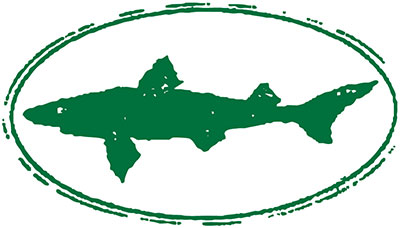Botanicals & Funky Ingredients
One of the best parts of my job comes with the occasional opportunities I get to explore some other region of the country or world and brew with friends. Just got back from Italy doing some research and brewing a test batch for our next Ancient Ale an 800 BC Etruscan recipe. I was there with Molecular Archeologist supreme Dr. Pat and Leo (of Birra del Borgo) and Teo (of Baladin brewery).
The first two days were all about witnessing and learning. We met with Italian Archeologists and scientists and Dr. Pat taught us a lot as well. Lots of visits to museums and tombs. The gent on the right (below) is Lorenzo Constantini, The Director of National Museum of Oriental Art.He has an amazing collection of botanicals and funky ingredients from 12,000 years old grainto 2000 year old tree resins. We found an early Etruscan tree resin we are thinking of adding to the beer if that works were not sure yet.For this recipe, were working with the evidence found at a number of Etruscan dig sites including one called Pombia. The molecular evidence from the Etruscan tombs reveal an ingredient list including ancient wheat, hops, tree resin and tree pollen.
National Museum of Oriental Art
Tree resins
Our biggest recipe break came from the Casale Marittimo, a tomb where they found serving vessels with dried grapes. They also found handless drinking cups and pilgrim flasks containing a resonated mixed beverage flavored with hazelnuts, pomegranates, and tree resins. We are putting the pieces together.
Here are the ancient African grains on display.Mostly early varieties of wheat. Our recipe will include Saragolla - a local heirloom wheat.The first evidence of it's use in the Etruscan era come from 400 BC.
Ancient grains
Italian farmers would explore what grew well in Africa. They would then build acreage up in Ethiopia, Libya, andSomalia to harvest wheat, barley and herbs like frankincense and myrrh.
First pass at the recipe
Leo, Teo, Dr. Pat and I worked out the recipe for the beer we tested on this trip right before hosting our joint beer dinner at Open Baladin the great beer bar owned by Leo and Teo in downtown Rome. We served Midas Touch, Red & White and Aprihop, all of Teo and Leos beers were tasting amazing.
For this old-meets-new beer we are using all local ingredients that were discovered in Etruscan mixed beverages between 800 and 400 BC. The ingredients include hazelnuts, pomegranate, ancient wheat, tree resin and dried grapes. Well also use a mix of chestnut and wildflower honey from the region, plus a tiny bit of wild hops. Each brewery will pull a single leaf from one hop cone to add to the boil kettle.
At Birra del Borgo getting ready for the brew and weve come across one of Leo's most experimental new beers. It's a dark stout brewed with oysters and small local clams called tellina and the beer is called Perle at Parce (Pearls for Pigs). Each bottle is topped with a clean glued-on oyster shell. After they brewed it they made a delicious pasta dish topped with the clams and oysters that were cooked in the wort. A labor lot of love for sure.
Perle at Parce
The brew day starts as we prep the Etruscan ingredients, while Dr. pat, Leo, and I gut the pomegranates Teo makes a tree resin tree.

Prepping pomegranates
Leo designed and built terra cotta fermenters especially for this brew. Birra del Borgo, Baladin, and Dogfish will each release versions of this beer later this year using the same ingredients but different fermentation methods and materials. The day after we pitched the yeast the terra cotta tanks where literally shaking from the vigorous fermentation the beer is off to a great start and it is time for me to head back to the states. Another excellent adventure for sure and I cant thank Leo and Teo enough for all of their hospitality. The global craft brewing community is a creative and caring place!







